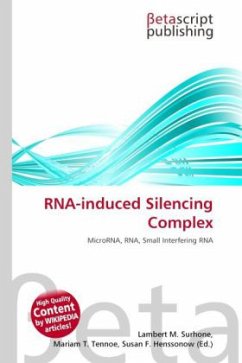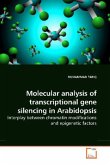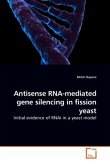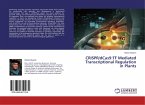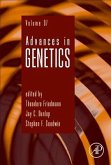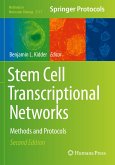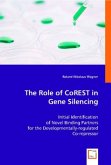High Quality Content by WIKIPEDIA articles! RNA-induced transcriptional silencing (RITS) is a form of RNA interference by which short RNA molecules - such as small interfering RNA (siRNA) - trigger the downregulation of transcription of a particular gene or genomic region. This is usually accomplished by posttranslational modification of histone tails (e.g. methylation of lysine 9 of histone H3) which target the genomic region for heterochromatin formation. The protein complex that binds to siRNAs and interacts with the methylated lysine 9 residue of histones H3 is the RITS complex. RITS was discovered in the fission yeast Schizosaccharomyces pombe, and has been shown to be involved in the initiation and spreading of heterochromatin in the mating-type region and in centromere formation. The RITS complex in S. pombe contains at least a piwi domain-containing RNase H-like argonaute, a chromodomain protein Chp1, and an argonaute interacting protein Tas3 which can also bind to Chp1, while heterochromatin formation has been shown to require at least argonaute and an RNA-dependent RNA polymerase.
Bitte wählen Sie Ihr Anliegen aus.
Rechnungen
Retourenschein anfordern
Bestellstatus
Storno


